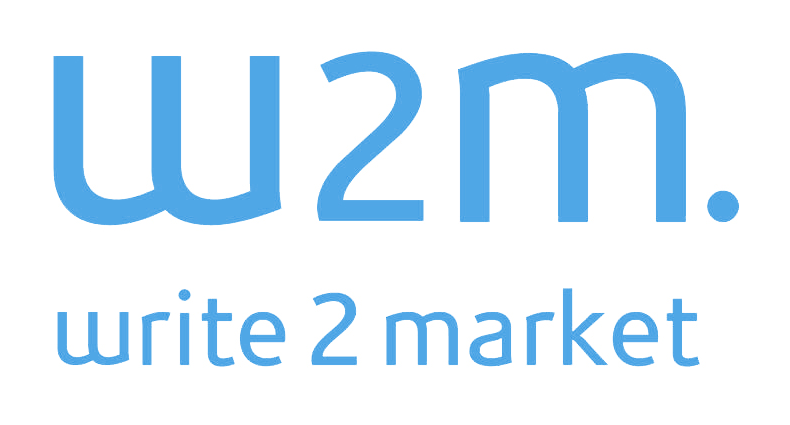2014 saw unprecedented levels of funding in the healthcare start-up and early stage growth sector. According to healthcare research and investment firm Rock Health, healthcare start-ups raked in $4.1 billion from private and venture investors in 2014, an increase of 125% year over year. Malay Gandhi, managing director of Rock Health, more specifically attributed the prospect of technology to improve healthcare dramatically as a major contributor to this: something our colleagues at Visible Health do every single day.
“Healthcare technology” has become so all encompassing that it quickly requires as many levels of specialization to communicate on the subject as it does physicians to treat all of our chronic diseases. Is healthcare technology the hardware in the imaging room? Is it a mobile app to improve patient adherence? Is it your Fitbit? Is it the sensor in the pill you are about to take?
The answer is yes.
Boost your b2b healthcare marketing
Given what appears to be the world’s most crowded game of Plinko, how does b2b healthcare marketing rise above the din and land in high value slots that both build awareness and feed the sales funnel? Here are three actionable items to consider when boosting your b2b healthcare marketing prowess:
- Get involved with your scientists in research – creating rock solid new data that validates your core beliefs or generates new knowledge builds industry leadership, sales leads and generates coverage. Curant Health knows this well.
- Take a moment (or a fortnight) and consider how you define yourself. Get the leadership involved. “Digital health” and “mHealth” are no longer sufficient. Many B2B healthcare companies flush with fresh 2014 venture funds would be wise to spend a modest chunk of that on their unique identity, value proposition, target audiences, tagline, boilerplate, elevator speech, roadshow decks, etc.
- Get down with the mothership. When it comes to B2B healthcare marketing, content development for startups or growth stage companies, pick your best stories and clients and create a mothership “backgrounder.” Documents that support multiple initiatives including pitches, contributed articles, blogs, speaking submissions, award submissions and more are gold. Unless your company is truly breaking news worthy of a press release and a $500 spend on BusinessWire, ask yourself if your mothership story document supports at least three initiatives that are actionable right now. If not, it’s not ready to go or needs another story idea.
The webinar below contains an even more detailed discussion on B2B healthcare marketing for 2015. Take a look and let’s keep discussing on Twitter or LinkedIn!
http://write2market.wistia.com/medias/c3spxcz5i9?embedType=iframe&videoFoam=true&videoWidth=650
Paul D. Snyder, Healthcare Practice Lead
Twitter: @pdsnyder @write2market LinkedIn: Paul Snyder | Write2Market

